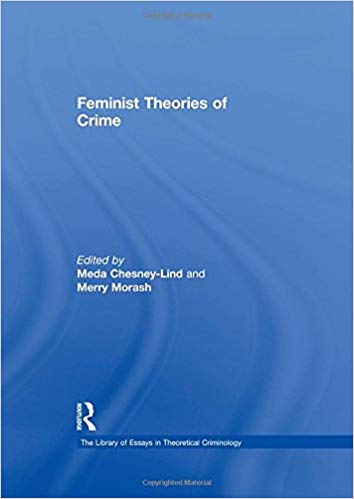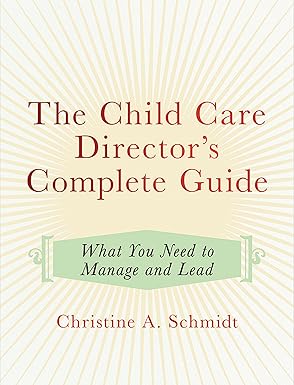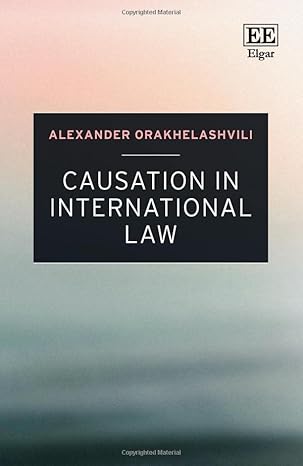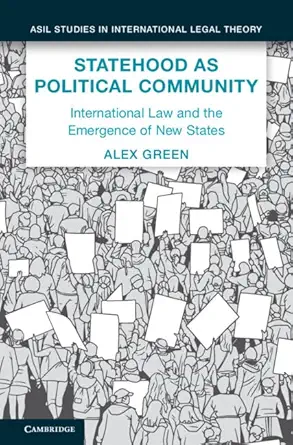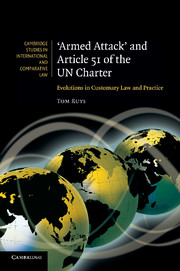This collection re-imagines the field of criminology with insights gleaned from feminist theory. Works included here illustrate that gender is a key organizing principle of social life. This means that men and women have gender, that patriarchy as well as gender must be theorized, and that other systems of oppression such as race and class must also be studied to fully understand the crime problem and the criminal justice system. Finally, the articles collected here exemplify the feminist concern for thinking consciously about how and why we do our research with the crucial goal of producing knowledge that will promote social justice.
چکیده فارسی
این مجموعه با بینشهایی که از نظریه فمینیستی به دست آمده است، حوزه جرمشناسی را دوباره به تصویر میکشد. آثاری که در اینجا گنجانده شده اند نشان می دهند که جنسیت یک اصل سازماندهی کلیدی زندگی اجتماعی است. این بدان معناست که مردان و زنان دارای جنسیت هستند، باید مردسالاری و همچنین جنسیت تئوریزه شود، و سایر نظام های ظلم مانند نژاد و طبقه نیز باید مورد مطالعه قرار گیرند تا به طور کامل مشکل جرم و جنایت و سیستم عدالت کیفری را درک کنند. در نهایت، مقالاتی که در اینجا جمع آوری شده اند، نمونه ای از نگرانی فمینیستی برای تفکر آگاهانه در مورد اینکه چگونه و چرا تحقیقات خود را با هدف اساسی تولید دانشی که عدالت اجتماعی را ارتقا می دهد، انجام می دهیم.
ادامه ...
بستن ...
Ebook details:
عنوان: Feminist Theories of Crime (The Library of Essays in Theoretical Criminology)
نویسنده: Merry Morash, Meda Chesney-Lind
ناشر: Routledge; 1 edition (October 28, 2011)
زبان: English
شابک: 0754629716, 978-0754629719
حجم: 71 Mb
فرمت: True Pdf
ادامه ...
بستن ...
Part PART I FEMINIST EPISTEMOLOGY --
chapter 1 Michele J. Burman, Susan A. Batchelor, and Jane A. Brown (2001), 'Researching Girls and Violence: Facing the Dilemmas of Fieldwork', British Journal of Criminology, 41, ppages 443{u2013}59. --
chapter 2 Elizabeth Comack (1999), 'Producing Feminist Knowledge: Lessons from Women in Trouble', Theoretical Criminology, 3, ppages 287{u2013}306. --
chapter 3 Russell P. Dobash and R. Emerson Dobash (2004), 'Women's Violence to Men in Intimate Relationships: Working on a Puzzle', British Journal of Criminology, 44, ppages 324{u2013}49. --
part PART II PATRIARCHY, CRIME AND JUSTICE --
chapter 4 Lisa Maher and Kathleen Daly (1996), 'Women in the Street-Level Drug Economy: Continuity or Change?', Criminology, 34, ppages 465{u2013}91. --
chapter 5 Teela Sanders (2004), 'The Risks of Street Prostitution: Punters, Police and Protesters', Urban Studies, 41, ppages 1703{u2013}17. --
chapter 6 Elizabeth A. Stanko (2006), 'Theorizing About Violence: Observations from the Economic and Social Research Council's Violence Research Program', Violence Against Women, 12, ppages 543{u2013}55. --
part PART III MASCULINITIES AND FEMININITIES --
chapter 7 Karen Joe Laidler and Geoffrey Hunt (2001), 'Accomplishing Femininity among the Girls in the Gang', British Journal of Criminology, 41, ppages 656{u2013}78. --
chapter 8 Katherine Irwin and Meda Chesney-Lind (2008), 'Girls' Violence: Beyond Dangerous Masculinity', Sociology Compass, 2, ppages 837{u2013}55. --
chapter 9 Mona J.E. Danner and Dianne Cyr Carmody (2001), 'Missing Gender in Cases of Infamous School Violence: Investigating Research and Media Explanation's', Justice Quarterly, 18, ppages 87{u2013}114. --
chapter 10 Hoan Bui and Merry Morash (2008), 'Immigration, Masculinity, and Intimate Partner Violence from the Standpoint of Domestic Violence Service Providers and Vietnamese-Origin Women', Feminist Criminology, 3, ppages 191{u2013}215. --
part PART IV INTERSECTIONS --
chapter 11 Hillary Potter (2006), 'An Argument for Black Feminist Criminology: Understanding African American Women's Experiences with Intimate Partner Abuse Using an Integrated Approach', Feminist Criminology, 1, ppages 106{u2013}24. --
chapter 12 Nikki Jones (2004), ' --
chapter 13 Yasmin Jiwani (2005), 'Walking a Tightrope: The Many Faces of Violence in the Lives of Racialized Immigrant Girls and Young Women', Violence Against Women, 11, ppages 846{u2013}75. --
chapter 14 Edna Erez, Madelaine Adelman and Carol Gregory (2009), 'Intersections of Immigration and Domestic Violence: Voices of Battered Immigrant Women', Feminist Criminology, 4, ppages 32{u2013}56. --
part PART V FEMINIST ASSESSMENTS OF THE CRIMINAL JUSTICE ENTERPRISE --
chapter 15 John M. Macdonald and Meda Chesney-Lind (2001), 'Gender Bias and Juvenile Justice Revisited: A Multiyear Analysis', Crime and Delinquency, 47, ppages 173{u2013}95. --
chapter 16 Emily Gaarder, Nancy Rodriguez and Marjorie S. Zatz (2004), 'Criers, Liars and Manipulators: Probation Officers' Views of Girls', Justice Quarterly, 21, ppages 547{u2013}78. --
chapter 17 Kathleen J. Ferraro (2003), 'The Words Change, But the Melody Lingers: The Persistence of Battered Woman Syndrome in Criminal Cases Involving Battered Women', Violence Against Women, 9, ppages 110{u2013}29. --
chapter 18 Kelly Hannah-Moffat (1999), 'Moral Agent or Actuarial Subject: Risk and Canadian Women's Imprisonment', Theoretical Criminology, 3, ppages 71{u2013}94. --
chapter 19 Jill A. McCorkel (2003), 'Embodied Surveillance and the Gendering of Punishment', Journal of Contemporary Ethnography, 32, ppages 41{u2013}76. --
chapter 20 Julia Sudbury (2002), 'Celling Black Bodies: Black Women in the Global Prison Industrial Complex', Feminist Review, 70, ppages 57{u2013}74. --
part PART VI FEMINIST PERSPECTIVES ON THE LAW AND ON JUSTICE --
chapter 21 Neal S. Websdale (1996), 'Predators: The Social Construction of --
chapter 22 Kathleen Daly and Julie Stubbs (2006), 'Feminist Engagement with Restorative Justice', Theoretical Criminology, 10, ppages 9{u2013}28. --
chapter 23 Tristan Anne Borer (2009), 'Gendered War and Gendered Peace: Truth Commissions and Postconflict Gender Violence: Lessons from South Africa', Violence Against Women, 15, ppages 1169{u2013}93.
ادامه ...
بستن ...
